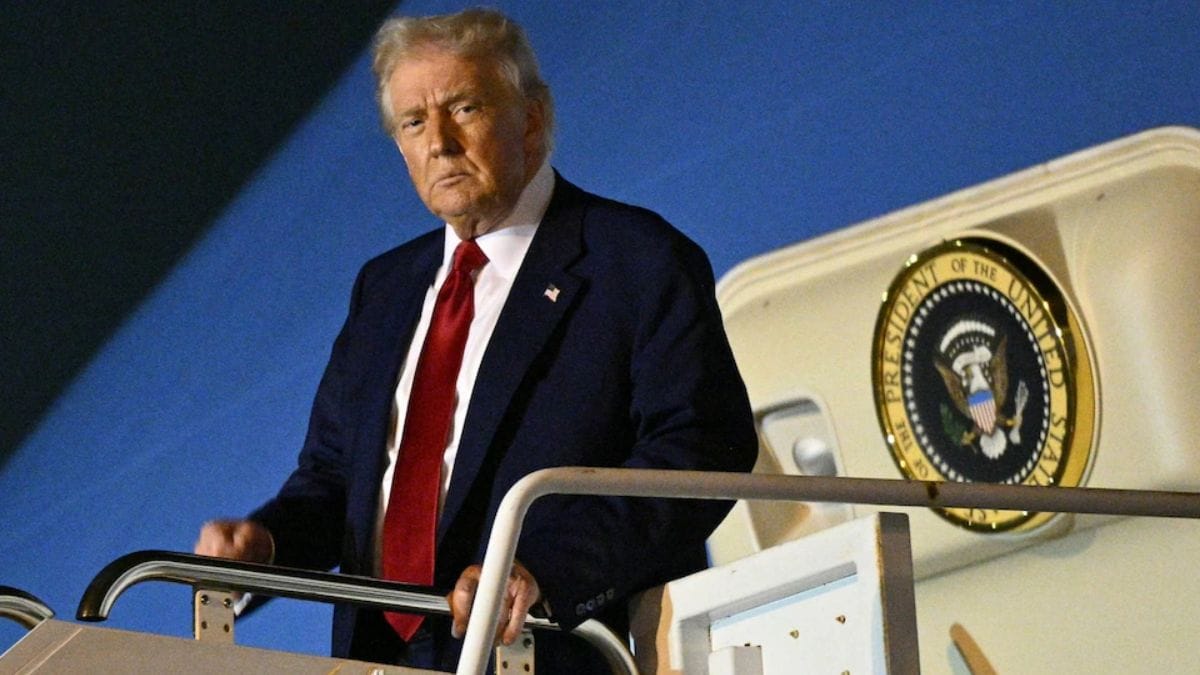Recent analysis suggests that former U.S. President Donald Trump's proposed 50% tariffs on Indian goods could have a limited but still significant impact on India's GDP growth. While some studies suggest a "negligible" impact, others indicate a potential dip below the 6% mark. Here's a breakdown of what analysts are saying:
Conflicting Assessments:
- Minimal Impact: A PHD Chamber of Commerce and Industry (PHDCCI) study states that a 25% tariff would have a "negligible" impact on India's GDP, affecting only $8.1 billion of exports to the U.S.. Their analysis suggests a 1.87% reduction in India's total global merchandise exports and a mere 0.19% impact on GDP.
- GDP Growth Reduction: Goldman Sachs has trimmed India's real GDP growth forecast by 0.1 percentage point, anticipating 6.5% growth in calendar year 2025 and 6.4% in 2026. This is a 0.2 percentage point cut from previous projections.
Key Affected Sectors:
The PHDCCI study identifies specific sectors that would be most affected by the tariffs:
- Engineering goods (USD 1.8 billion)
- Gems and jewelry (USD 932 million)
- Ready-made garments (USD 500 million)
- Electronic goods (USD 1.4 billion)
- Pharmaceuticals (USD 986 million)
Mitigating Measures and Opportunities:
Despite the challenges, analysts suggest strategies to mitigate the impact of the tariffs:
- Market Diversification: Accelerating market diversification and value-addition strategies can help Indian businesses navigate the challenges.
- Bilateral Trade Agreements: India should focus on diversifying bilateral trade agreements to mitigate geopolitical uncertainty and growing protectionism.
- Product Development: Increasing market penetration, and product development can soften the blow.
- Negotiated Pricing: Stakeholders could negotiate bundled-pricing deals (e.g., textiles plus accessories) to absorb some tariff costs and maintain competitive pricing.
Broader Economic Context:
It's important to consider the tariffs within the broader context of the Indian economy:
- Strong Domestic Demand: India's robust domestic demand and diversified economy provide resilience against external shocks.
- Fastest-Growing Economy: India remains one of the fastest-growing economies among major global players.
Inflation Outlook:
Goldman Sachs has lowered India's inflation projections by 0.2 percentage points for both calendar year 2025 and fiscal year 2026, pegging it at 3.0% year-on-year. This is mainly due to falling vegetable prices. However, they caution that a failure to quickly resolve US-India trade negotiations or a sharp rise in core inflation could prevent further cooling of inflation.
Overall, the potential impact of Trump's tariffs on India's GDP growth is a subject of debate among analysts. While some anticipate a minimal impact, others foresee a reduction in growth. The actual outcome will likely depend on a combination of factors, including the level of the tariffs, the sectors affected, and the effectiveness of mitigating measures.

